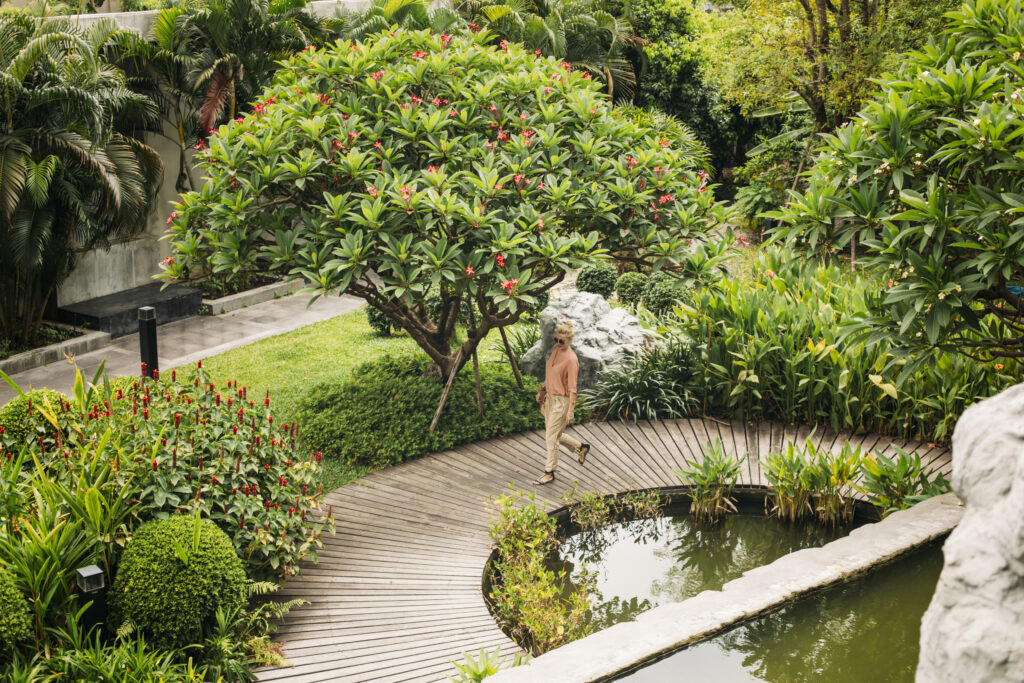Healthy vaginal collagen is actually very complex, and just like other tissues of our body, nutrition, genetics, mechanical forces, oxygen, and avoidance of toxins help to keep the important base of vaginal collagen healthy.
The vaginal canal is made of many layers, and collagen fibers are found in various forms throughout.
Fiberous collagens are the main support producing what is called vaginal tissue strength.
Collagen I, III, and V are the main collagen subtypes present in the vagina.
Collagen I is also found in the skin, our ligaments, tendons, and even bone.
Type 1 Collagen forms large and strong fibers. Collagen III forms smaller fibers with lower tensile strength and is present in organs tissues that stretch like the bowel and bladder, and blood vessels. So technically we need healthy Type III collagen to support other tissues or tissue oxygenation suffers.
Some of the extensibility and elastic nature of tissue is actually formed by hybrid collagen complexes that form linking two or more types of fibers together.
A pelvic exam can help determine the general health of the vaginal collagen, along with the muscles, the tissue oxygen, and other basic determinants of health. So don’t skip your check ups.

